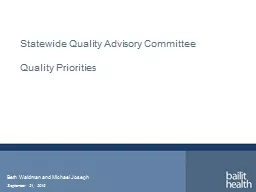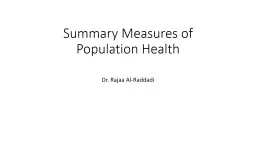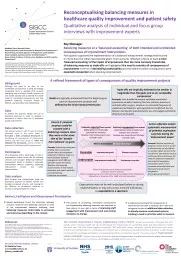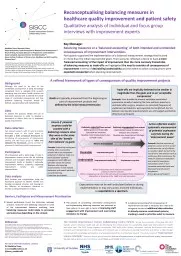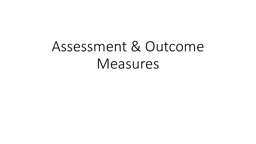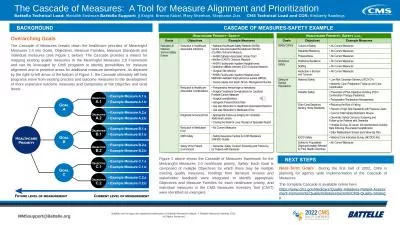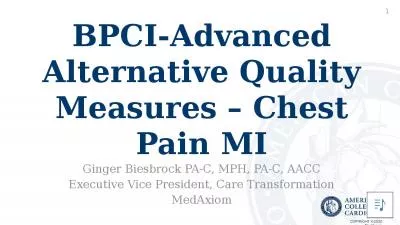PPT-Key Steps in Creating and Using Quality Measures
Author : mitsue-stanley | Published Date : 2017-07-01
This resource provides an overview of the life cycle of quality measures and opportunities for consumer engagement The image below displays the six stages setting
Presentation Embed Code
Download Presentation
Download Presentation The PPT/PDF document "Key Steps in Creating and Using Quality ..." is the property of its rightful owner. Permission is granted to download and print the materials on this website for personal, non-commercial use only, and to display it on your personal computer provided you do not modify the materials and that you retain all copyright notices contained in the materials. By downloading content from our website, you accept the terms of this agreement.
Key Steps in Creating and Using Quality Measures: Transcript
Download Rules Of Document
"Key Steps in Creating and Using Quality Measures"The content belongs to its owner. You may download and print it for personal use, without modification, and keep all copyright notices. By downloading, you agree to these terms.
Related Documents



